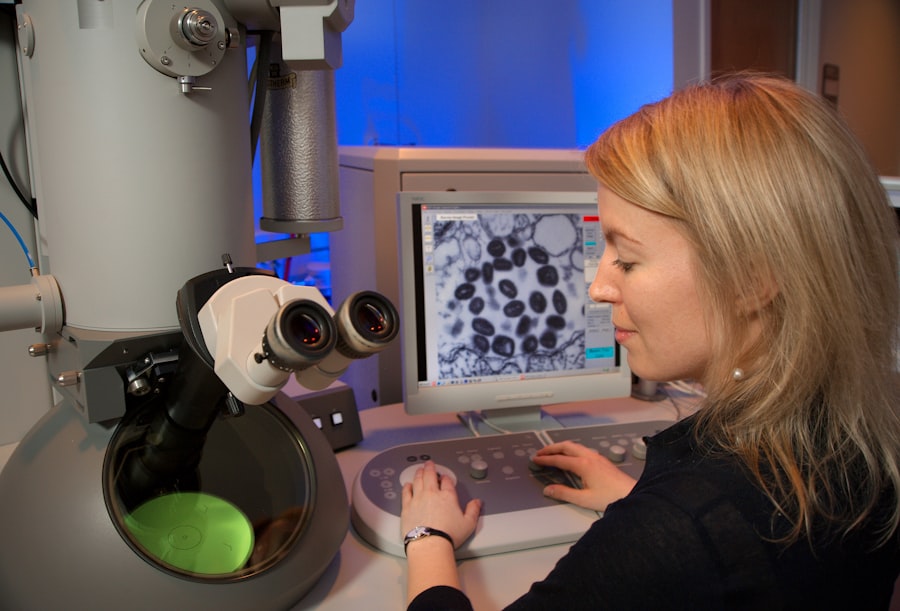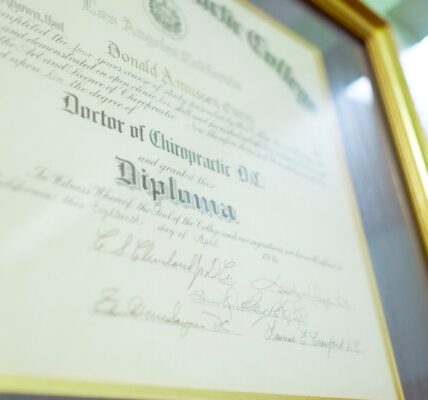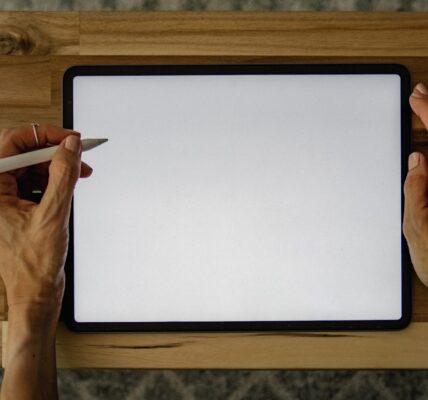Virtual labs are sophisticated digital platforms that simulate real-world laboratory environments, allowing students to conduct experiments and engage in scientific inquiry without the constraints of a physical lab. These platforms utilize advanced technologies such as 3D modeling, interactive simulations, and virtual reality to create immersive experiences that replicate the processes and outcomes of traditional laboratory work. By providing a safe and controlled environment, virtual labs enable learners to explore complex scientific concepts, manipulate variables, and observe results in real-time, all from the comfort of their own devices.
The essence of virtual labs lies in their ability to democratize access to scientific experimentation. In many educational settings, particularly in underfunded schools or remote areas, physical lab resources may be limited or entirely absent. Virtual labs bridge this gap by offering a wide array of experiments across various scientific disciplines, including biology, chemistry, physics, and engineering.
Students can engage with these resources at their own pace, fostering a deeper understanding of scientific principles while honing critical thinking and problem-solving skills.
Advantages of Virtual Labs in Science Education
One of the most significant advantages of virtual labs is their ability to provide experiential learning opportunities that are often difficult to achieve in traditional classroom settings. Students can conduct experiments that would be too dangerous, expensive, or time-consuming to perform in a physical lab. For instance, virtual chemistry labs allow students to mix chemicals and observe reactions without the risk of hazardous spills or exposure to toxic substances.
This freedom encourages exploration and experimentation, which are essential components of the scientific method. Moreover, virtual labs offer immediate feedback and data analysis tools that enhance the learning experience. Students can manipulate variables and instantly see the effects of their changes on experimental outcomes.
This real-time interaction not only reinforces theoretical knowledge but also cultivates a sense of ownership over the learning process. For example, a student studying the laws of motion can adjust parameters such as mass and force in a virtual physics lab and observe how these changes affect acceleration. Such hands-on engagement with content leads to improved retention and understanding of complex scientific concepts.
Challenges and Limitations of Virtual Labs

Despite their numerous benefits, virtual labs are not without challenges and limitations. One significant concern is the potential for a lack of engagement compared to hands-on experiments conducted in physical labs. While virtual environments can be immersive, they may not fully replicate the tactile experience of working with real materials and equipment.
Some students may find it difficult to remain focused or motivated when interacting with a screen rather than engaging in physical manipulation of lab tools. Additionally, the effectiveness of virtual labs can be hindered by technological barriers. Access to reliable internet connections and appropriate devices is essential for students to fully benefit from these resources.
In regions where technology infrastructure is lacking, students may face significant obstacles in accessing virtual labs. Furthermore, educators must be adequately trained to integrate these tools into their teaching practices effectively. Without proper guidance and support, both teachers and students may struggle to navigate the complexities of virtual lab environments.
Implementing Virtual Labs in the Classroom
| Metrics | Results |
|---|---|
| Number of virtual labs implemented | 15 |
| Student engagement | High |
| Improvement in understanding of concepts | 20% |
| Time saved on lab setup | 30% |
The successful implementation of virtual labs in the classroom requires careful planning and consideration of various factors. Educators must first assess the specific needs of their students and the curriculum objectives they aim to achieve. Selecting appropriate virtual lab platforms that align with educational goals is crucial.
Many platforms offer a range of simulations tailored to different grade levels and subjects, allowing teachers to choose resources that best fit their instructional strategies. Once suitable virtual labs are identified, teachers should incorporate them into lesson plans in a way that complements traditional teaching methods. For instance, educators can use virtual labs as a pre-lab activity to introduce concepts before students engage in hands-on experiments or as a post-lab tool for data analysis and reflection.
This blended approach not only reinforces learning but also helps students draw connections between theoretical knowledge and practical application.
The Future of Virtual Labs in Science Education
As technology continues to evolve, the future of virtual labs in science education looks promising. Innovations such as artificial intelligence (AI) and machine learning are poised to enhance the capabilities of virtual lab platforms further. For example, AI-driven simulations could adapt in real-time to student responses, providing personalized feedback and tailored learning experiences based on individual performance.
This level of customization could significantly improve student engagement and understanding. Moreover, advancements in virtual reality (VR) and augmented reality (AR) technologies are set to revolutionize how students interact with scientific concepts. Imagine a biology student donning VR goggles to explore the intricate structures of a cell or a physics student using AR to visualize gravitational forces acting on objects in motion.
These immersive experiences can deepen comprehension by allowing students to visualize abstract concepts in ways that traditional methods cannot achieve.
Virtual Labs and Hands-On Learning

While virtual labs provide an alternative to traditional hands-on learning experiences, they also raise questions about the nature of “hands-on” education itself. The term traditionally evokes images of students physically manipulating equipment and materials; however, virtual labs can offer a different kind of hands-on experience through digital interaction. Students can engage with simulations that require them to make decisions, analyze data, and troubleshoot problems—skills that are essential for scientific inquiry.
Furthermore, virtual labs can complement physical lab experiences by allowing students to prepare for experiments before entering the lab environment. For instance, students can familiarize themselves with lab protocols, safety procedures, and equipment operation through virtual simulations before conducting actual experiments. This preparatory work not only enhances safety but also boosts confidence among students who may feel apprehensive about working with real materials.
Virtual Labs and Accessibility in Education
Accessibility is a critical consideration in education, and virtual labs have the potential to level the playing field for students from diverse backgrounds. For learners with disabilities or those who face geographical barriers, virtual labs can provide opportunities that might otherwise be unavailable. For example, students with mobility impairments can engage in laboratory activities without the need for physical travel or specialized equipment.
Additionally, virtual labs can cater to various learning styles by offering multiple ways for students to interact with content. Visual learners may benefit from interactive simulations that illustrate complex processes, while auditory learners can engage with narrated explanations or discussions embedded within the platform. This adaptability makes virtual labs an inclusive educational tool that can meet the needs of a wide range of learners.
The Role of Virtual Labs in STEM Education
In the context of STEM (Science, Technology, Engineering, and Mathematics) education, virtual labs play a pivotal role in fostering interest and proficiency in these critical fields. By providing engaging and interactive experiences, virtual labs can inspire students to pursue careers in STEM disciplines. The ability to experiment freely without the constraints of time or resources encourages creativity and innovation—key components of successful STEM education.
Moreover, virtual labs can facilitate collaboration among students by enabling them to work together on projects or experiments remotely. This collaborative aspect mirrors real-world scientific research environments where teamwork is essential for problem-solving and discovery. As students engage with peers from different locations through virtual platforms, they develop communication skills and learn to appreciate diverse perspectives—qualities that are invaluable in today’s interconnected world.
In summary, virtual labs represent a transformative approach to science education that harnesses technology’s power to enhance learning experiences. While challenges remain regarding engagement and accessibility, the potential benefits far outweigh these concerns as educators continue to explore innovative ways to integrate these tools into their teaching practices. As we look toward the future, it is clear that virtual labs will play an increasingly vital role in shaping the landscape of science education for generations to come.
FAQs
What are virtual labs?
Virtual labs are online platforms that simulate the experience of a traditional science laboratory, allowing students to conduct experiments and analyze results in a digital environment.
Can virtual labs replace traditional science labs?
While virtual labs can provide valuable learning experiences, they cannot fully replace traditional science labs. Hands-on experimentation and real-world application of scientific principles are essential components of a comprehensive science education.
What are the advantages of virtual labs?
Virtual labs can offer accessibility, cost-effectiveness, and the ability to conduct experiments that may be impractical or unsafe in a traditional lab setting. They also provide opportunities for remote learning and can supplement in-person lab experiences.
What are the limitations of virtual labs?
Virtual labs may lack the tactile and sensory experiences of traditional labs, as well as the opportunity for students to develop practical laboratory skills. They may also have limitations in replicating complex or dynamic real-world phenomena.
How can virtual labs be used effectively in education?
Virtual labs can be used as a supplement to traditional labs, providing opportunities for pre-lab preparation, reinforcement of concepts, and remote learning. They can also be used to introduce students to basic concepts and techniques before hands-on experimentation.



